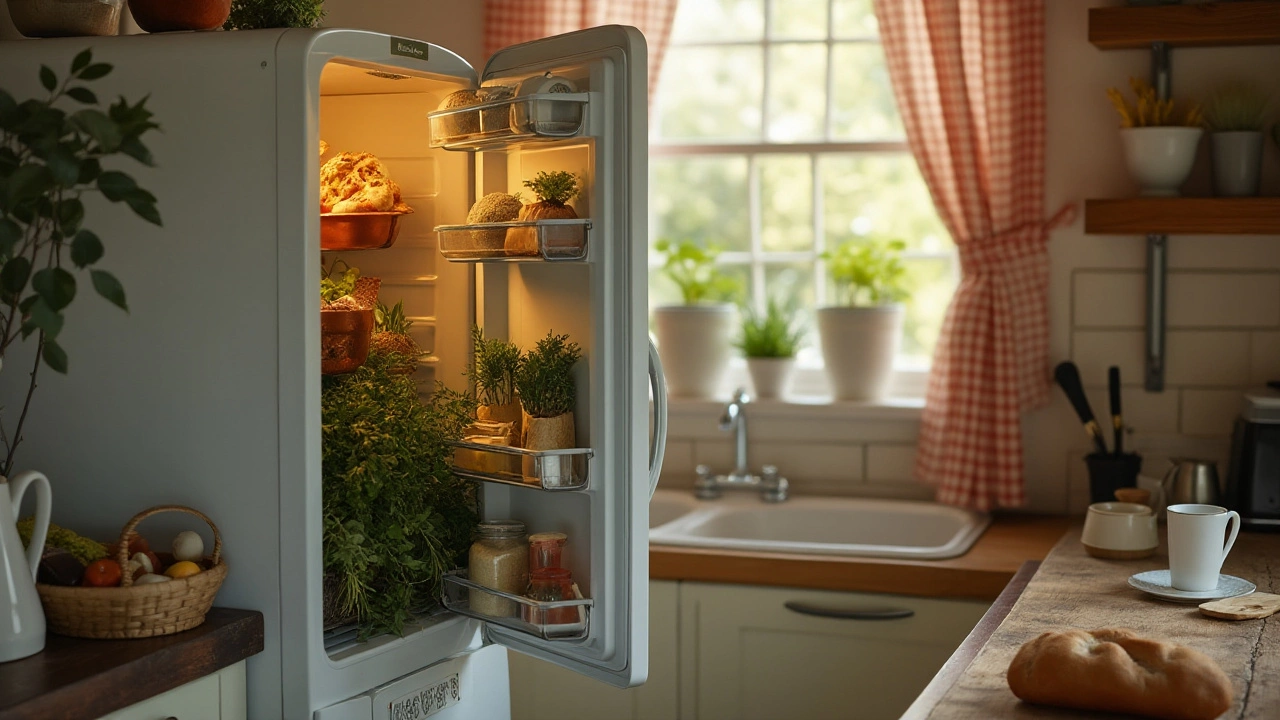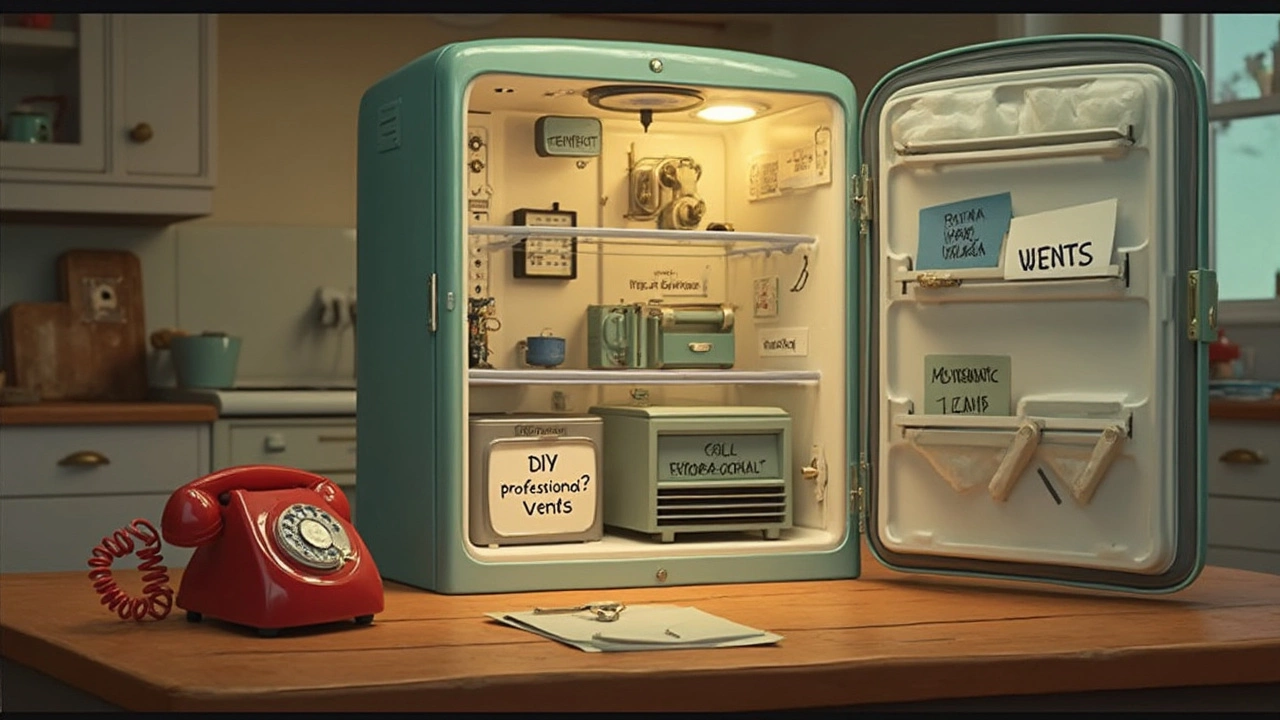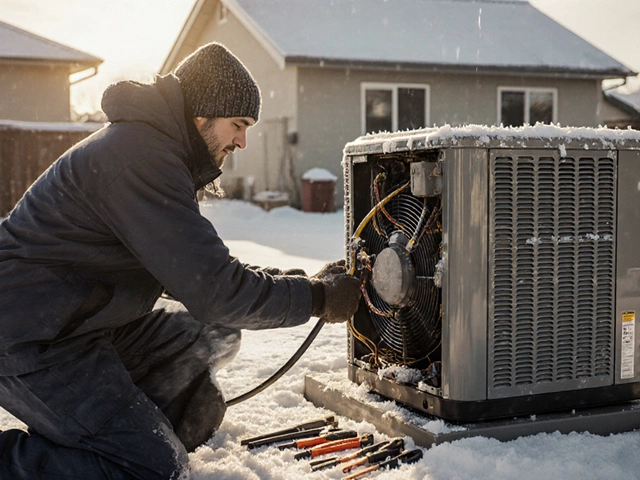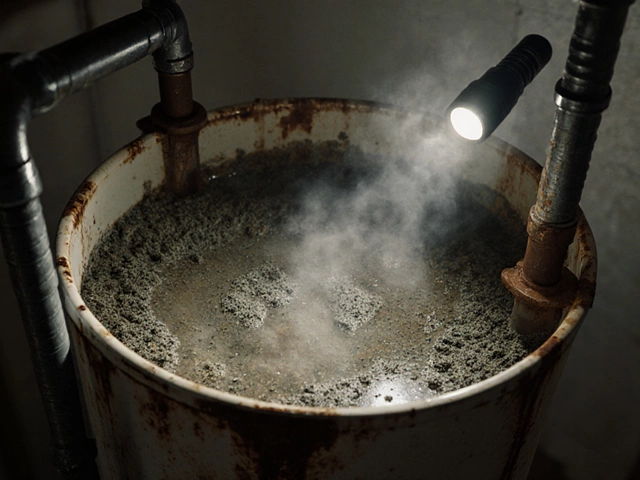Your fridge is warm, your milk tastes weird, and the ice cream is losing the battle with gravity. Most people notice their refrigerator not cooling at the worst moment—usually right after a huge grocery run or, even better, during a heat wave. It feels like your kitchen is staging a rebellion. But before you panic-or spend a fortune on a repair guy—let’s crack open the mystery behind a fridge gone warm. The truth is, most cooling problems come down to a handful of culprits you can check yourself, even if your tool skills stop at plugging in the toaster. It’s a surprisingly fixable problem if you know where to look and what steps to take.
Main Reasons Why Refrigerators Stop Cooling
When a fridge stops being cold, it’s always frustrating and sometimes expensive. But the underlying reasons are surprisingly predictable. Most of the time, it comes down to air circulation, temperature control, condenser issues, or dirty coils. According to a 2024 survey by the National Appliance Repair Association, over 60% of cooling complaints are caused by something simple—like blocked vents, dirty coils, or an overstuffed fridge. It’s hardly ever a mysterious electronic glitch or a fancy sensor.
The most common villain? Dusty condenser coils. These are usually found on the back or underneath the fridge. When they get coated in dust, pet hair, or random kitchen debris (looking at you, popcorn kernels), they can’t shed heat. The fridge ends up working overtime and eventually just gives up cooling. If it’s been more than a year since you last cleaned them out, odds are you’ve found your problem right there.
Another classic: blocked air vents. Modern fridges depend on steady airflow between the freezer and fridge compartments. Throw a bunch of leftovers or bread in front of the main vent, you choke off the cold air supply. That’s why the crisper drawers feel like a sauna even if the freezer is an arctic wasteland. Appliance engineers say poor airflow inside leads the list of owner-caused issues every year.
- Condenser fan not spinning: If nothing’s blowing down at the coils, they can’t release heat
- Faulty door seals (gaskets): Warm air sneaks in around cracked or dirty gaskets. Even a tiny gap makes the compressor run like crazy, only to lose the fight to incoming heat.
- Defrost system failures: Most fridges run auto-defrost cycles. If those heaters or sensors fail, ice builds up behind the back panel and blocks airflow—leading to weirdly warm or frozen sections.
- Thermostat/faulty temperature sensors: Cheap parts, but when they go bad, your fridge thinks it’s at the right temp or needs to be off when it should be cooling.
None of these fixes require NASA-level skills. The hardest part for most people is getting the fridge away from the wall and getting past the grime. (Gloves help. So does an old toothbrush and a bit of determination.)
| Common Fridge Cooling Issue | % of Homeowners Reporting (2024) |
|---|---|
| Dirty condenser coils | 45% |
| Blocked inside air vents | 30% |
| Faulty thermostat or sensors | 12% |
| Damaged door gaskets | 8% |
| Broken evaporator/condenser fan | 5% |
Just keeping up with cleaning and not blocking the vents covers nearly 3/4 of all repair calls. Wild, right?
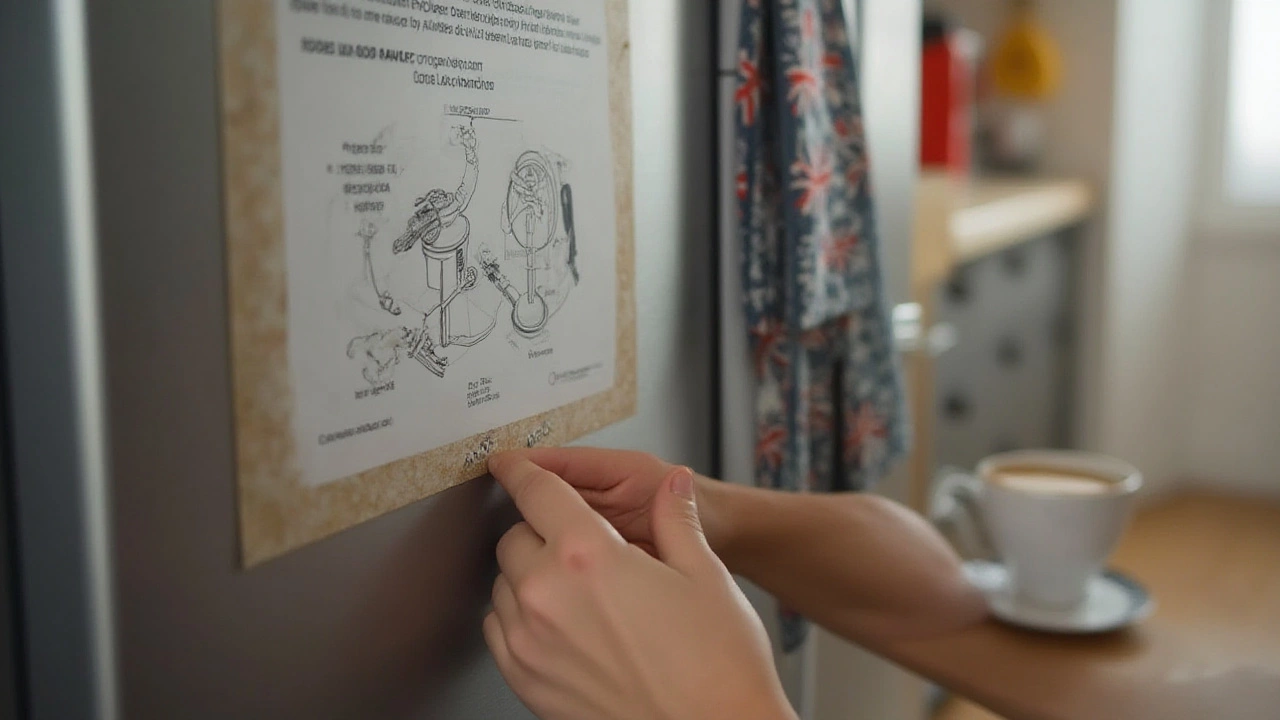
Step-By-Step: How To Troubleshoot and Restore Cooling
Before you even think about replacing any parts, walk through this troubleshooting list. Grab a flashlight, clear some space, and get ready for a mini-adventure.
- Check the Power First: Unplug and re-plug the fridge. Confirm it’s getting power—sometimes GFCI outlets trip in the kitchen. If the lights aren’t on or you hear no usual hum, it could be an electrical issue.
- Dial Up the Thermostat: Sometimes the dial gets bumped. Double-check the temperature dial. For most fridges, the sweet spot is 37°F (3°C) for the fridge, 0°F (-18°C) for the freezer.
- Look For Obvious Blockages: Open both the main and freezer compartment. Are vents frost-free and unobstructed? If you see sheets of ice or packages covering the airflow, relocate your food and let ice thaw if needed.
- Clean Those Condenser Coils: Pull the fridge away from the wall. Unplug it for safety. Locate the coils (usually on the back, sometimes underneath behind a snap-off panel). Use a coil cleaning brush, gentle vacuum, or even an old paintbrush. Remove as much debris as possible. Plug back in and listen—usually you’ll hear the compressor kick on within minutes if you solved an overheating issue.
- Inspect Door Gaskets: Run a dollar bill around the seal. If it falls out easily or the gasket looks cracked, warped, or gunky, this could be your culprit. Clean with warm soapy water. If it’s still not sealing, gaskets are cheap to replace and most snap or slide into place.
- Condenser/Evaporator Fans: Power on, and listen. Do you hear a small fan whooshing in either the freezer or near the compressor area at the back? If not, the fan may be jammed (by ice, food, or its own bad motor). Carefully clear any obstructions; sometimes a frozen tray just needs a thaw.
- Defrost System Check: Newer refrigerators have a removable panel inside the freezer. Piles of ice behind there means the defrost sensor, timer, or heater could be bad. If you’re handy, defrost heaters and sensors are cheap online, but even a manual thaw can buy you weeks until you sort out a replacement part.
- Compressor Woes: Put your hand (carefully) on the compressor at the back. It should be warm and vibrating slightly. Silent and cold means it isn’t running; terribly hot to the touch means it’s working too hard. Replacing a compressor is expensive and best for a pro, but most cooling failures never reach this point.
Still not working? Here’s a surprising trick: If your fridge died after a lightning storm or power surge, unplug it for an hour (“hard reset”). Modern fridges get their control boards confused—uncorking them sometimes brings them back to life like magic. About 10% of strange fridge mysteries go away with just a full hour unplugged.
Many repair pros say the actual repair rate for homeowner DIY efforts is more than 50% when you deal with coil cleaning, blocked vents, and gaskets. Don’t chase more exotic electrical or refrigerant leaks until you’ve gone through every single step above.
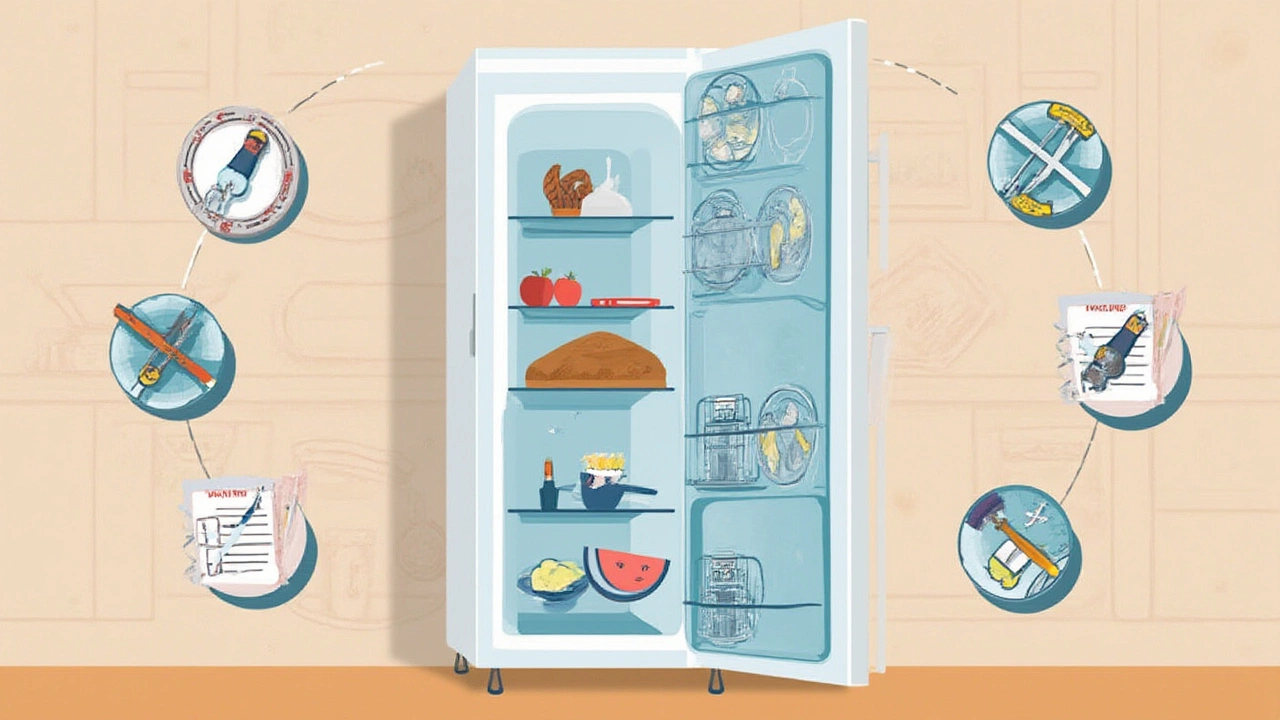
When Is It Time To Call a Professional?
Sometimes, even after a heroic cleaning and inspection, your fridge won’t cool, or it has trouble keeping a steady temperature. That’s when things get weird—and the list of likely culprits shrinks. If the compressor is dead silent, if you smell electrical burning, hear “clicking” noises from behind, or your digital controls stop responding entirely, it’s probably out of your hands. Same goes if there’s a puddle of refrigerant (that weird sweet smell, oily to the touch) under your fridge. Only licensed techs can legally recharge sealed systems or swap compressors, per EPA rules.
But how much should you pay for a refrigerator repair? Earlier this year, HomeAdvisor reported the average cost for a fridge repair in the U.S. runs from $200 to $400 for most brands. If your fridge is over 10 years old and needs a new compressor, pros often suggest replacing the whole appliance. But door seals, thermostats, fans, or sensors? That’s almost always a fix worth doing, and most techs can finish the job in under an hour.
Here’s a quick look at which problems make sense to tackle yourself, which ones usually win with a pro, and when the price just isn’t worth it:
| Problem | DIY? | Cost Range |
|---|---|---|
| Dirty coils, blocked vents | Yes | $0-$20 (cleaning supplies) |
| Bad door gasket | Yes | $15-$75 (part) |
| Broken defrost system | Maybe | $25-$120 (part) |
| Compressor or refrigerant leak | No | $350-$650 (pro job) |
If you need a new fridge, look for ENERGY STAR models—swapping old for new saves you up to $50/year on energy costs. And, here’s a weird fact: the average modern fridge can last 13-16 years with regular coil cleaning, but letting those coils stay filthy can cut that life down to less than 10. A bit of vacuuming means extra cold drinks for years to come.
Crazy as it sounds, over 70% of people who thought their fridge was “done” brought it back just with a coil cleaning and a gasket scrub. It’s a lesson worth remembering: most home appliances, especially your refrigerator not cooling, just want regular attention, not a full-scale rescue mission. Next time your fridge feels warm, don’t just reach for your wallet—grab your cleaning brush first.

